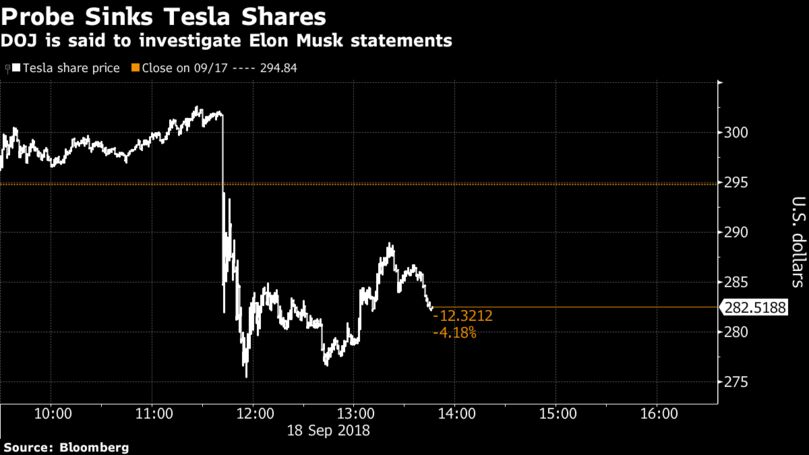BTW., for those who'd like to take a look at short sales transaction level data as well (shout-out to
@Papafox,
@neroden,
@KarenRei,
@ZachShahan and
@ggr), it's publicly available in an obscure location on FINRA's website.
The ones for June, July, August and September can be downloaded from the following links:
(October data is not available yet.)
Warning: these are very large ZIP files, hundreds of MB compressed, ~3 gigabytes uncompressed.
The structure of the short-sales transaction logs is straightforward:
- it's text files with a fixed record format of one transaction per line:
- "Q|TSLA|20180831|15:58:10|S|100|301.850000||"
- 'Q' is NASDAQ, then comes the ticker, date, timestamp, short-sale marker 'S', shares sold and finally execution price.
- the files include all NASDAQ short sales - so filter for TSLA first. The data becomes a lot more manageable once filtered out for Tesla transactions only.
- the data is always time-delayed by several weeks - the SEC and FINRA wouldn't want to create a disadvantage for short seller 'investors' by disclosing the patterns of their trades in an overly timely fashion, right? In a world of nanosecond level trading the short-seller transaction log itself becomes public only with weeks of delay. For example it's November 7 already, yet the October data won't be available for weeks.
- Note the scope of the 'short sales' transaction log: these are only short sales, i.e. TSLA stock sold by traders who had a short position at the time of the trade. They do not include sales by traders long in TSLA.
- Entries with the 'E' tag can probably be ignored: these are rare transactions by 'exempt' parties such as market-makers who technically are short TSLA in terms of inventory but are not actively trying to profit from shorting Tesla - they make up a fraction of the volume and are not significant factors in determining TSLA price action.
Anyway, even with these restrictions the transaction level short-sales data is very interesting and confirms
@Papafox's empirical observations that 'icicles' of sudden downwards $TSLA price movements are created by short-sellers executing 'dumb' sale orders sometimes trading more than 10k shares in a single transaction with significant 'slippage' and immediate trading loss that no true investor in Tesla would utilize when selling shares.
The short-seller transaction data is evidence that many of these $TSLA price action anomalies are not primarily caused by stops or by HFT algos, they are not primarily caused by clever large investors trying to create additional liquidity during their periods of accumulation - but
are caused by bog standard short-sellers with a short position in TSLA...





